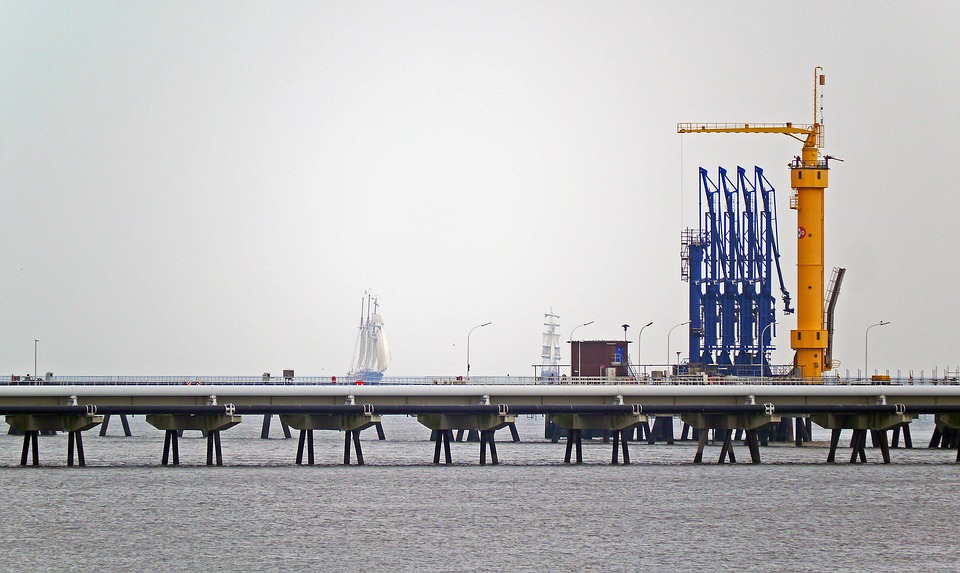Shale Swings
WTI oil prices are gaining on Brent as strong U.S. demand and Canadian pipeline issues tighten U.S. oil supply even further. This comes as OPEC comments suggest that they are still fully committed to keeping production cuts in place until the end of 2018, along with their NON-OPEC coconspirators and even suggesting that the deal could go on longer if need be.
Even the discussion that U.S. production could rise further and U.S. oil rig counts could rise once again, it is still becoming clear to many that U.S. Shale production will not become the global swing producer the way some predicted it might be. U.S. oil rigs, drilling for oil, increased by 7 rigs to 798, the fourth increase in a row. One of the reasons the oil bears got it wrong was because they failed to grasp the intricacies of shale oil and the companies that produce that oil. They thought that shale would cap prices at much lower levels and that has proven to be false.

Today’s FT lays out the case why shale oil will not be the global swing producer. Simply, they say it is because “U.S. output is too small, too slow, and too competitive to play swing producer”. The thought that somehow shale was going to put a cap on global oil prices is a folly. The reason being is that not only shales steep decline rate per well but also its cost.
The FT says that “U.S. shale production is comprised of many dozens of highly idiosyncratic public and private companies, each competing with each other to maximize reserves and production. Shale’s shorter cycle ebb and flow can stabilize prices, but only coincidentally and depending on prevailing broader market fundamentals.
The FT writes that “true swing production is a very different animal: swing producers comprise a relatively small number of government-sanctioned entities controlling the bulk of low-cost wells that collude under a policy mandate to stabilize oil prices. They adjust production proactively, at lightning speed by oil industry standards — weeks — and indefinitely to reduce price volatility and anchor long-term price expectations.
We continue to see upside risk for prices. Many of you that I have spoken to were under hedged during the last price spike. As we warned before this is a very tight global market and it would do you well to have some price protection. Even with the market entering shoulder season we are seeing strong demand. U.S. exports will continue to rise as light grades of oil will be filling supertankers headed for China.
Gas prices at the pump are getting a bit of a reprieve ahead of what will be the traditional summer price run-up.




Are you concerned at all about the recent tightening of the crude-brent prices? Is it still worth it for China to import U.S crude as opposed to other global options?